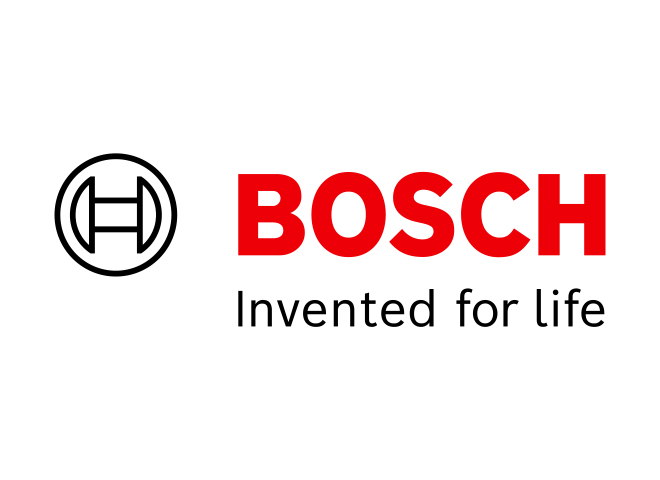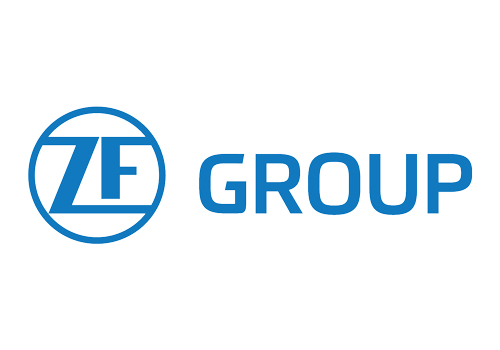Electric drive
The drive used in an electric car is called an electric drive. In purely electric cars, the vehicle is powered exclusively by an electric motor. An electric motor is an electrical machine that converts electrical power into mechanical power. The way that electric motors cause electric vehicles to move is by transferring their kinetic energy to the driving axle(s).
The various types of electric motors
Electric motors generally fall into one of the following categories:
- Direct-current motors
- Three-phase motors
- Asynchronous motors
- Synchronous motors
The type of motor now almost always used in modern electric vehicles is the three-phase motor.
How electric motors work
Just like with a direct-current motor, the torque in a three-phase motor is created through the attraction force between two magnetic fields: one of these magnetic fields is generated electromagnetically. One magnet is in a stationary position and is called a “stator”. The other is a rotating component and is called the “rotor”. It is also possible for both magnetic fields to be generated electromagnetically. The rotor can be magnetized through excitation winding, for example.
Direct-current motor:
In a direct-current motor, the north and south poles of the stator and rotor attract each other, which causes the motor to rotate. The rotational movement is continued through pole reversal, whereby the north and south poles repel each other. After another half turn there is another pole reversal, and the process is repeated. The disadvantages of a direct-current motor are that the speed, the power density and the efficiency are lower than with a three-phase motor, and that the brushes require a considerable amount of maintenance.
Three-phase motor:
A three-phase motor has at least three electromagnetic coils offset by 120° degrees. If each of these three coils is supplied with a line voltage phase from the three-phase system, then a magnetic field is generated in each coil. These magnetic fields are offset in intervals of a third in the time cycle. A rotating magnetic field is formed from the individual magnetic fields of the coils. If a rotating magnet (rotor) is put into the centre of this magnetic field, the rotary field causes the magnet to turn.
Difference between a synchronous motor and an asynchronous motor:
The difference between a synchronous motor and an asynchronous motor is in how the rotor works. With an asynchronous motor, the rotor follows the stator rotary field with a delay, so asynchronously. With a synchronous motor, the rotor follows the specified frequency and the magnetic rotary field in the stator in sync.
Advantages of electric motors
Electric motors have a broad speed and torque range, and this makes them almost ideal – at least in this respect – as vehicle motors. This is why with most electric motors in electric cars, you don’t need multiple gears or a manual transmission. They also have a high efficiency. Efficiency is the ratio between the provided energy and the energy that is available for propulsion. Electric motors achieve an efficiency of around 80 to 90 percent, petrol engines around 33 percent and diesel engines around 45 percent. In addition, the maximum torque of an electric motor is already available at a standstill and the motors make hardly any noise. Other advantages include their simple, compact design, their low weight, being low-maintenance, and the ability to use the motor as a generator during the deceleration phase.
Three-phase motor operation in electric cars
To use three-phase motors to the best effect, they are operated with high-voltage three-phase current with around 400 volts. To be able to implement the various velocities, speeds and torques that the driver needs, the frequency and power of the three-phase current have to be varied. This is performed by power electronics with an inverter, or converter, responsible for converting the direct current supplied by the battery into alternating current.
The ideal place to install an electric motor is right next to the axle that it is supposed to power. There are different ways to mechanically couple an electric motor with the wheels. Most of the time this is done with a reduction gear and drive shafts, or by integrating the motor into the wheel as a wheel hub motor.
E-axle:
An e-axle is a drive solution in which the motor, power electronics and transmission are combined into a compact unit that directly powers the vehicle’s axle. This reduces the complexity previously associated with e-drives and makes the driveline more cost-effective, more compact and more efficient. E-axles can be installed on either the front axles or the rear axles of hybrid vehicles and electric cars.
Wheel hub motor:
A wheel hub motor is usually integrated into the wheel itself, usually in the rim. This type of drive negates the need for a central motor unit, as well as the drivelines and transfer case that are connected to the wheels. The greatest disadvantage is that there is an increase in unsprung weight. To this day, wheel hub motors still haven’t caught on.
Protection of the environment
Given that electric motors don’t emit any emissions, at least at a local level, they are considered more environmentally friendly than internal combustion engines. However, the production of the electrical power itself may produce harmful substances. The most environmentally friendly solution is when 100% renewable energy sources are used to generate power.






